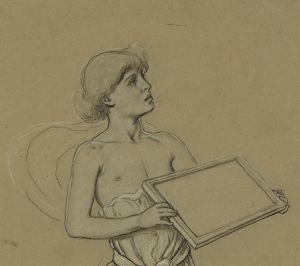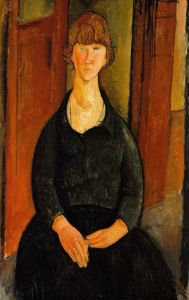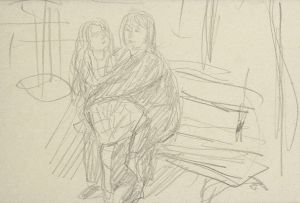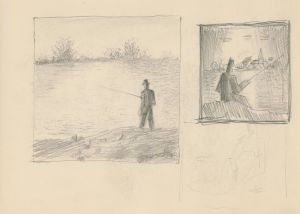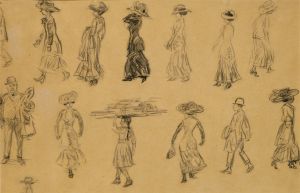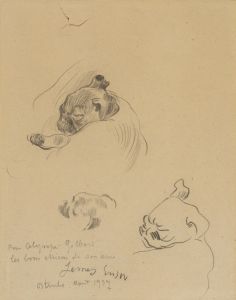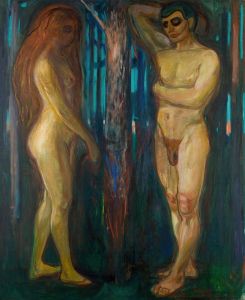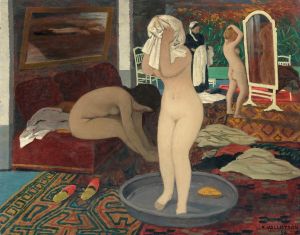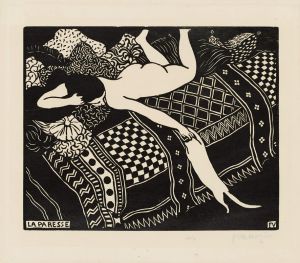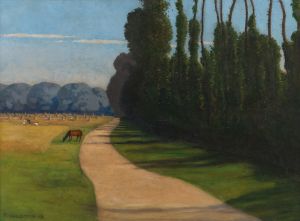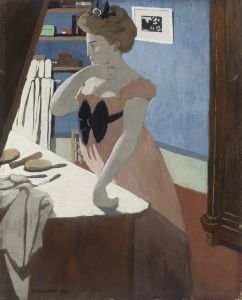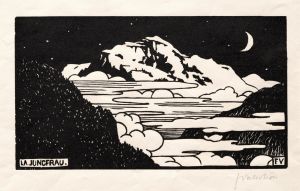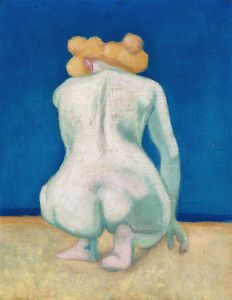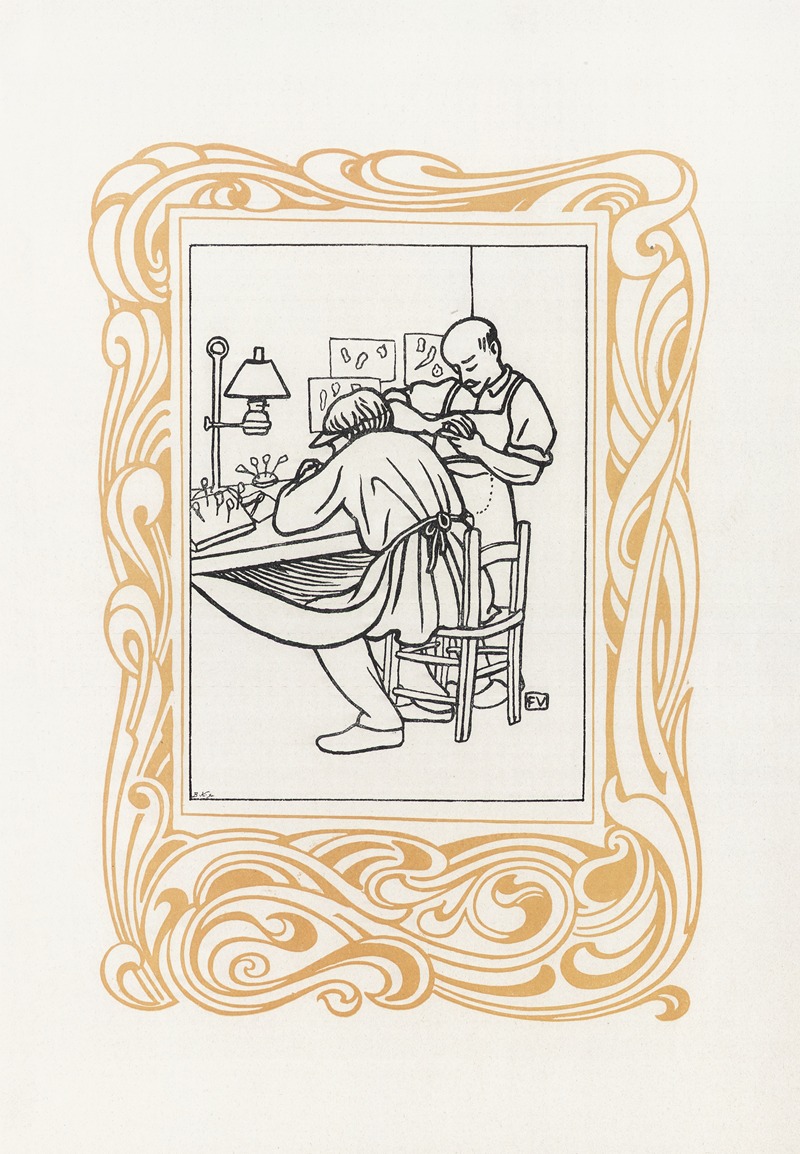
Le Bijou
A hand-painted replica of Félix Vallotton’s masterpiece Le Bijou, meticulously crafted by professional artists to capture the true essence of the original. Each piece is created with museum-quality canvas and rare mineral pigments, carefully painted by experienced artists with delicate brushstrokes and rich, layered colors to perfectly recreate the texture of the original artwork. Unlike machine-printed reproductions, this hand-painted version brings the painting to life, infused with the artist’s emotions and skill in every stroke. Whether for personal collection or home decoration, it instantly elevates the artistic atmosphere of any space.
Félix Vallotton, a Swiss-French painter and printmaker, created "Le Bijou" (The Jewel) in 1908. Vallotton was a prominent member of the Nabis group, an avant-garde movement that sought to break away from the naturalism of Impressionism and explore more symbolic and abstract forms of art. His work often featured sharp contrasts, bold outlines, and a keen sense of composition, characteristics that are evident in "Le Bijou."
"Le Bijou" is an oil painting that measures 81 x 65 cm. The painting is part of Vallotton's exploration of intimate and domestic scenes, a recurring theme in his oeuvre. The composition depicts a woman, elegantly dressed, seated in an interior space. She is adorned with a jewel, which is the focal point of the painting. The jewel, likely a necklace, is rendered with meticulous detail, drawing the viewer's eye to its brilliance and the way it complements the woman's attire.
The setting of the painting is a well-appointed room, suggesting a sense of comfort and affluence. Vallotton's use of color is restrained yet effective, with a palette that includes deep reds, browns, and blacks, contrasted by the lighter tones of the woman's skin and the jewel. The background is relatively simple, ensuring that the viewer's attention remains on the central figure and the jewel she wears.
Vallotton's technique in "Le Bijou" reflects his mastery of both line and color. The contours of the woman's figure are sharply defined, a hallmark of Vallotton's style that he developed through his work as a printmaker. The play of light and shadow in the painting adds depth and dimension, enhancing the three-dimensionality of the figure and the jewel.
The painting is also notable for its psychological depth. The woman's expression is enigmatic, inviting viewers to ponder her thoughts and emotions. This introspective quality is a common feature in Vallotton's portraits, where he often captures a moment of stillness and contemplation.
"Le Bijou" is housed in the Musée d'Orsay in Paris, which holds an extensive collection of Vallotton's works. The museum's collection provides a comprehensive overview of Vallotton's artistic development and his contributions to the Nabis movement and modern art.
Félix Vallotton's "Le Bijou" exemplifies his ability to blend realism with a more symbolic and abstract approach. The painting's focus on the interplay between the figure and the jewel, combined with its refined composition and psychological depth, makes it a significant work in Vallotton's oeuvre and in the broader context of early 20th-century art.





